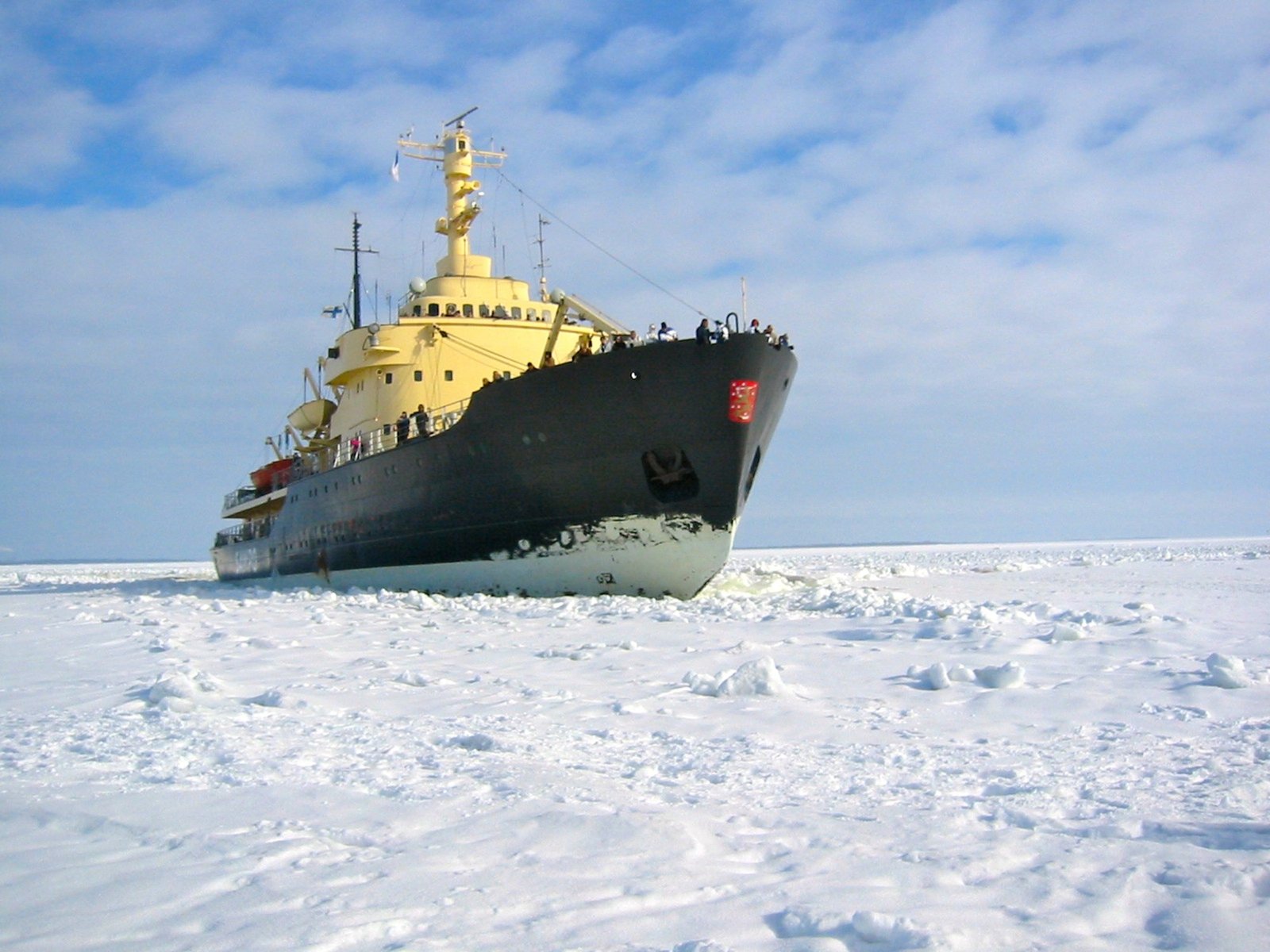Earth’s oceans are essential for life as humans know it, and it’s time to start protecting these oceans before irreversible damage is done. More than 5.25 trillion pieces of trash are floating in the ocean, and people are beginning to take steps to protect arctic waters and other ocean areas. The rules that protect the Arctic Ocean are called the Polar Code.
Understanding the features of the Polar Code is essential if you want to make a difference for nature and humanity. The Polar Code is an excellent start for protecting ecosystems and marine life, but it’s vital to learn about the purpose of the Polar Code and its limitations.
The good news is that you’ve found the right Polar Code guide to learning more about what is the Polar Code. Keep reading to learn more today!
Table of Contents
What Is the Polar Code?
Sea ice is disappearing as climate change occurs. Shipping companies are using these spaces to create new shipping lanes to deliver goods in a timely manner. Navigating the Arctic Ocean requires greater skill and precision due to the increased number of obstacles in these shipping lanes.
The weather is impossible to predict, the temperatures are below freezing, and ships run the risk of hitting icebergs during these journeys. The Polar Code was put in place by the IMO to protect ships and crews, as well as the Indigenous populations and wildlife in the Arctic Ocean.
It requires ships to take extra precautions and crews to go through extra training. You can click here to learn more about the Polar Code training and features of Polar Code you should know.
Polar Code Limitations
The Polar Code is an excellent step in the right direction to prevent maritime disasters and protect the ecosystem, but it still falls short in some key areas. It fails to address the air pollution caused by increased shipping traffic in this part of the world. The air pollution is likely to impact the Indigenous populations and creatures that call this area home.
It also opens the door for ships without strengthened hulls to operate in waters with first-year ice. This is risky, as it increases the odds of ships hitting icebergs and sinking in dangerous and freezing waters. Grey water and noise pollution under the water’s surface is another vital issue. They’re a real threat that the Polar Code overlooks with these new shipping lanes.
Fishing vessels are also not included in these regulations. These smaller vessels are far more accident-prone than large ships. It’s problematic since these vessels run the risk of sinking and overfishing in arctic waters.
Now You Know About the Polar Code
Learning about the Polar Code is essential if you want to do your part in protecting Arctic waters. The features of the Polar Code protect against increased shipping traffic in the Arctic Ocean as the ice melts, but it fails to cover grey water and air pollution. Still, it’s a step in the right direction to protect ships, wildlife, and Indigenous people in the Arctic.
Check out the rest of our blog content if you’re craving more eye-opening content like this today!

